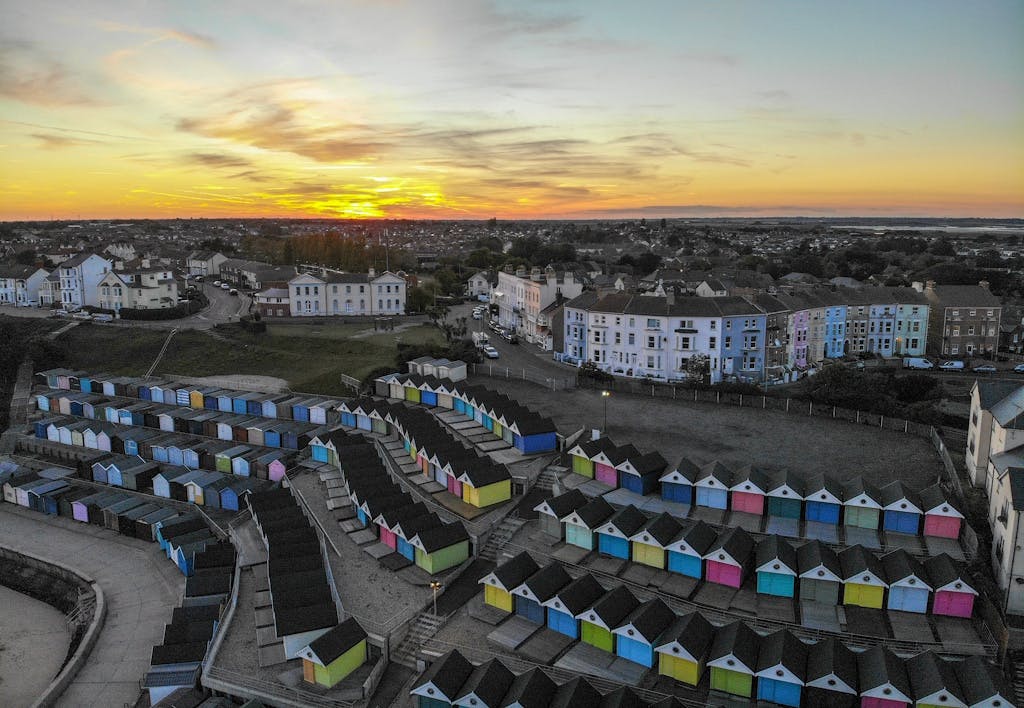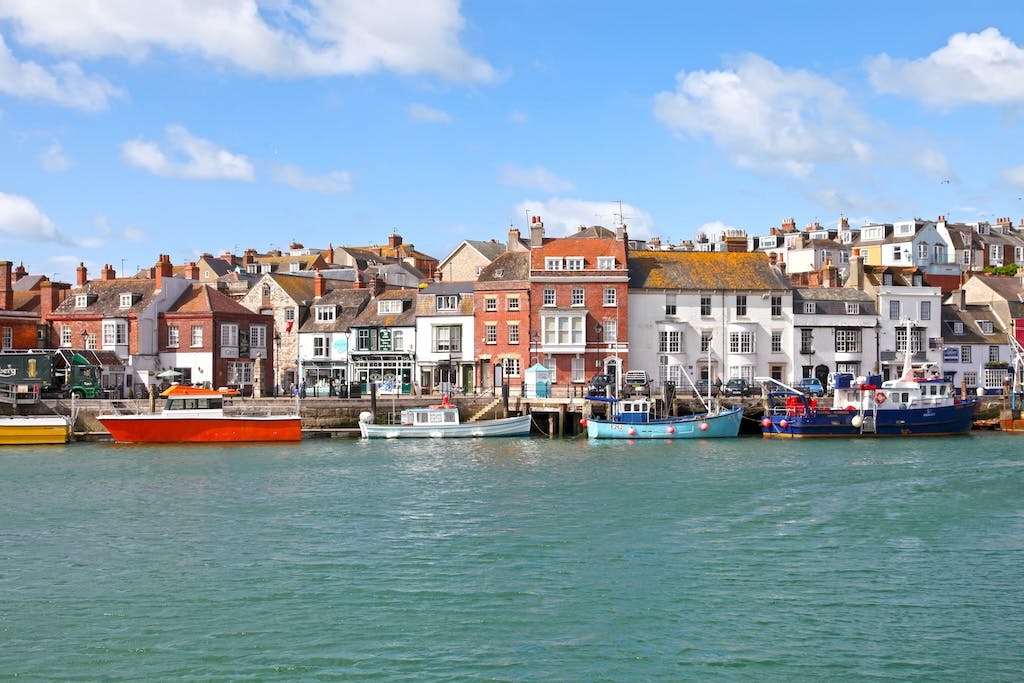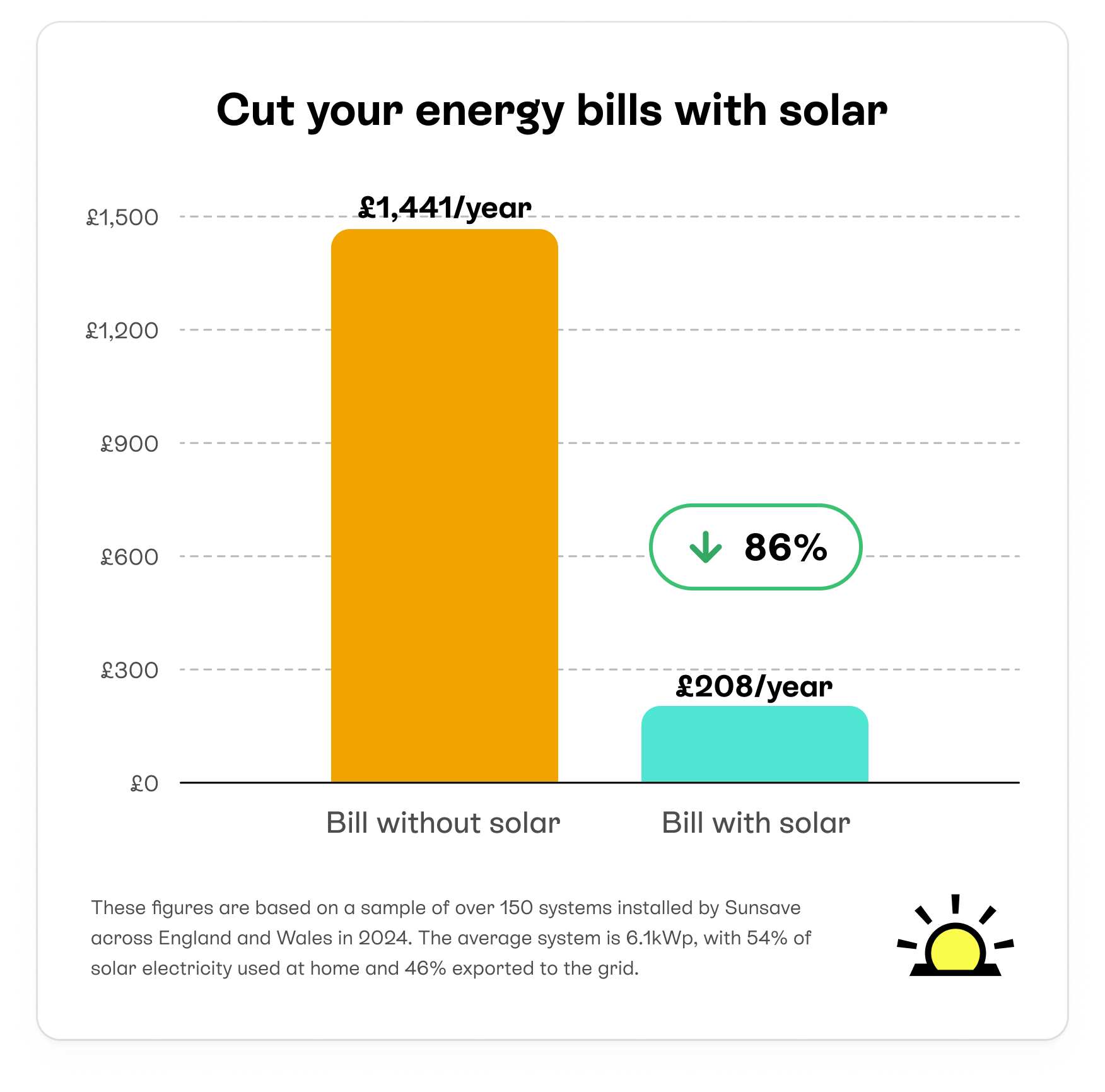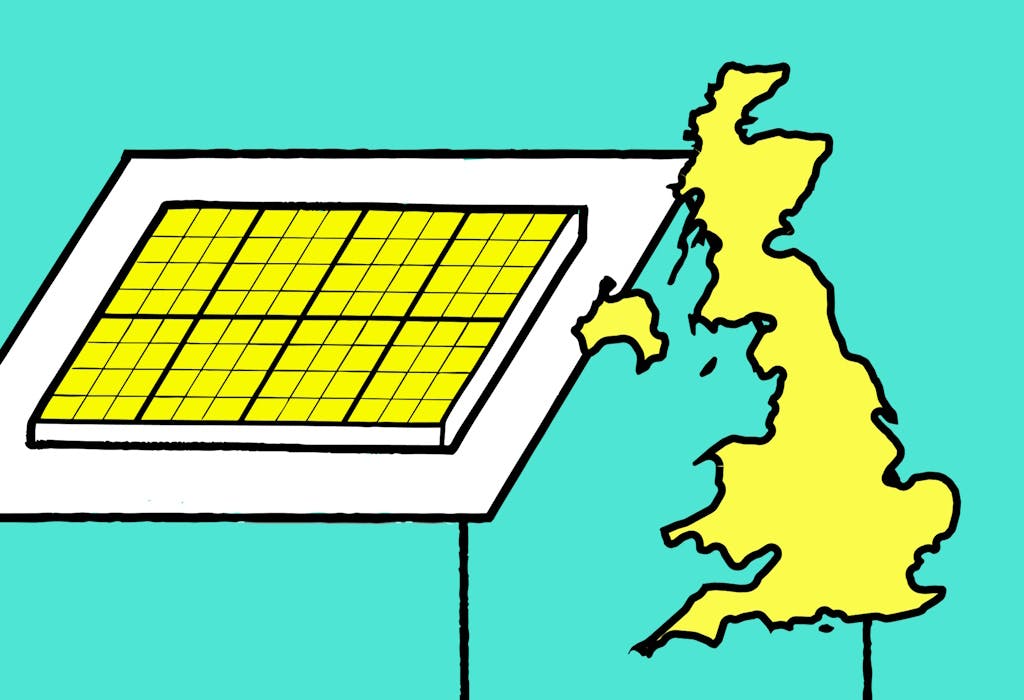- Solar advice hub
- Cities-and-regions
- The 11 sunniest places in the UK
The 11 sunniest places in the UK
Check out the latest Met Office data and discover the UK's top 11 sunniest spots - places that are perfect for solar panels.


Why you can trust our content
We know that the solar industry is full of misinformation, but we only use reliable sources, including:
- Our experienced solar experts, installers and system designers
- Our own database of solar & battery system designs
- Authoritative bodies like MCS and the UK government




Calculate savings
What kind of home do you live in?
Calculate savings
What kind of home do you live in?
At a glance
Let’s start by busting the myth that solar panels need sunlight.
You don’t need sunny weather for solar panels to work effectively. Solar panels need daylight - not sunlight - in order to produce electricity, which means even on overcast days they still generate power.
There are in fact many aspects that affect the output of a solar panel system, including roof orientation, angle, shading, panel efficiency, panel power, bird mess, and the list goes on.
You will find many solar panel systems all over the UK that work well and significantly reduce electricity bills.
However, it’s no secret that sunshine still has a big part to play when it comes to solar panel output, and in 2025 we saw the sunniest April in the UK since records began in 1910.
We’ve put together a list of the top 11 sunniest spots in the UK based on Met Office data from 1990-2020 - places where solar panels will make serious hay whilst the sun shines. And if you’re interested in our methodology, it’s at the bottom of this article.
If you’re wondering how much you could save with a solar & battery system, enter a few details below and we’ll provide an estimate.
Find out how much you can save
What kind of home do you live in?
11. Bournemouth, Dorset
1,779 hours of sunshine per year
Bournemouth didn’t quite make it above the 1,800-hour mark, but still towers above most other towns in the UK when it comes to quantity of sunshine.
It’s the busiest place in Dorset and on this list, with a population of nearly 200,000.
The town has a consistent, coastal microclimate, with very hot summers and not particularly cold winters (it rarely drops below zero). Unsurprisingly, the town's seven miles of sandy beaches are hugely popular all year round, and it was here that the UK’s very first beach hut was built in 1909.
10. Swanage, Dorset
1,806 hours of sunshine per year
As a picturesque spot on the Jurassic Coast, Swanage enjoys more than 1,800 hours of sunshine every year. Its bay offers sheltered, sandy beaches, and is a well known tourist destination. Also popular is neighbouring Corfe Castle, a ruined castle which dates back to William the Conqueror.
The area is also famous for the stone that is quarried here, including the famous Purbeck marble, with colours ranging from blue and green to grey, which has been prized since Roman times. Swanage is home to just over 9,000 people.
9. Walton-on-the-Naze, Essex
1,824 hours of sunshine per year
Probably the strangest name on the list, Walton-on-the-Naze is a seaside town on the Essex coast of the North Sea. It notches up an average of 1,824 hours of sunshine each year and has a pretty tiny population of just 7,000.
The place has a pretty weird history. Walton used to be an inland village that has ended up by the sea due to coastal erosion, and ‘the Naze’ it sits on is actually a peninsula famed for its wildlife. If you fancy looking for very old shark teeth, the Naze is your place to go.

8. Ramsgate, Kent
1,846 hours of sunshine per year
The Manston climate station is just three miles away from Ramsgate in Kent, and it has recorded an average of 1,846 hours of sunshine a year between 1990 and 2020.
Situated on England’s south coast and looking directly across to Calais and Dunkirk, Ramsgate is famed for its stunning bay and sandy beach. And there are 42,000 people who call it home.
Like many of the country’s sunniest spots, Ramsgate enjoys a regal connection: George IV was so impressed by the treatment he received here he decreed it the only royal harbour in the UK.

The UK's first solar subscription
- No upfront cost
- Fixed monthly fee
- 20-year Sunsave Guarantee
7. Southend-on-Sea, Essex
1,884 hours of sunshine per year
The climate station for Southend-on-Sea is located in the intriguingly named suburb of Shoeburyness. And it is here that the Met Office has recorded an average of 1,884 hours of sunshine a year.
Located on the Thames estuary and with a population of more than 183,000, Southend-on-Sea is also known for its tourist attractions, including the world’s longest pleasure pier. Stretching for 1.33 miles, the pier offers fishing and wildlife watching, and even has its own train.
6. Eastbourne, East Sussex
1,892 hours of sunshine per year
One of several towns on the list with its own microclimate, Eastbourne in Sussex is wedged between the South Downs and the sea, giving it some fairly consistent dry and warm weather. It sees 1,892 hours of sunshine each year, which is nearly 500 hours more than the UK average, and is home to almost 104,000 people.
Eastbourne has long been a popular day trip from London, and is famed for its sandy beaches, picturesque Victorian architecture, and pier. It’s also only a short distance from Beachy Head, the highest chalk cliff in England.
But there’s also evidence that Eastbourne was popular even before the Victorians made their mark, with remains found dating back to the Stone Age and the Romans.
5. Weymouth, Dorset
1,904 hours of sunshine per year
Located halfway along the Jurassic Coast, the Dorset town of Weymouth is a big tourist destination for people in southern England.
It sees just over 1,900 hours of sunshine each year, and there are more than 55,000 people living there. The port has been a historic gateway for centuries, whether it was the Romans shipping in supplies, or people heading for America in the 19th century.
It’s also been popular with the royals, with George III setting up his famous bathing machines here in the 1700s. Visitors today still flock to Weymouth’s sandy beach dotted with brightly-coloured beach huts.

4. Hastings, East Sussex
1,915 hours of sunshine per year
Hastings is probably one of the most famous coastal towns in the UK (for battle-related reasons), and whilst its historic fishing industry has waned, its great potential for solar power has not. There are nearly 93,000 people who call Hastings home, and if they ever tire of the history lessons they can always turn to the sea for entertainment.
The town is a place for proper, old-fashioned seaside fun, as well as some old castle ruins, and a blossoming arts scene.
3. Bognor Regis, West Sussex
1,919 hours of sunshine per year
Edging slightly ahead of Hastings is Bognor Regis, which sees 1,919 hours of sunshine each year. This seaside resort was once just known as Bognor, until it got special approval from King George V in 1929 and was given the second name ‘Regis’ (which means ‘of the king’).
With a population of over 68,000, the town is located between the South Downs and the sea, which gives it a rather dry and warm microclimate.
2. Folkestone, Kent
1,932 hours of sunshine per year
The climate station at Folkestone ski station, three miles outside the historic port town, has recorded an average of 1,932 hours of sunshine a year between 1990 and 2020 - making it the UK’s mainland sunniest spot.
The town is home to nearly 52,000 people, and in the past few years its port has seen a large amount of investment and regeneration.
1. The Isle of Wight
1,976 hours of sunshine per year
The Isle of Wight receives the gold medal for sunshine. Located just off the south coast of England, this little island is famous for its sunny weather, seafront promenades and beach huts. It’s no surprise that Queen Victoria regularly chose to retreat here.
The Met Office has several climate stations on the Isle of Wight, but it’s the one in the small town of Shanklin (population: 9,000) that tops the UK sunshine charts.
With 1,976 hours of sunshine per year, the Isle of Wight is a whopping 573 hours up on the UK average (1,403).
Our methodology
The Met Office has more than 300 climate stations dotted around the UK which accurately record the weather all year round.
These stations monitor a number of factors, including minimum and maximum temperature, days of air frost, rainfall, and - most usefully for us - hours of sunshine. The vast majority of climate stations tell you the average number of annual sunshine hours recorded there between 1990 and 2020 - and so we dug into the data.
Click here for a map of all the Met Office weather stations, and click here for an explanation of how the Met Office measures sunshine and radiation.
Do solar panels still work in less sunny areas?
There’s no doubt that access to direct sunlight works as a boost for solar panels – that’s why most people put them on south-facing roofs if they can.
But it doesn’t mean you need balmy weather for your solar panels to work effectively.
On average, you could save 86% on your electricity bills with a solar & battery system.

This might sound too good to be true, but it’s all because of the high performance of modern solar panels and storage batteries, as well as export income.
The panels will dramatically reduce the amount of electricity you buy from the grid, and you’ll also earn money by selling your unused electricity to the grid.
This figure is based on a sample of over 150 systems installed by Sunsave across England and Wales in 2024.
The average system is 6.1kWp, with 54% of solar electricity used at home and 46% exported to the grid.
In summary, hours of sunshine certainly help, but other factors like roof angle, orientation, shading, and panel quality also matter.
If you're interested in switching to solar and want to find out how much you could save, answer a few quick questions below and we'll provide an estimate.
Find out how much you can save
What kind of home do you live in?
Related articles

Written byJoanna Hunter
Joanna has been a freelance writer for the past 20 years, after working as a commissioning editor at The Times until 2004. Based in London, she has written for global publications and brands, consulted for companies ranging from environmental startups to Tesco, and has seen her work published in The Guardian, The Spectator, Elle, The Sunday Times, Conde Nast Traveller, and others.



